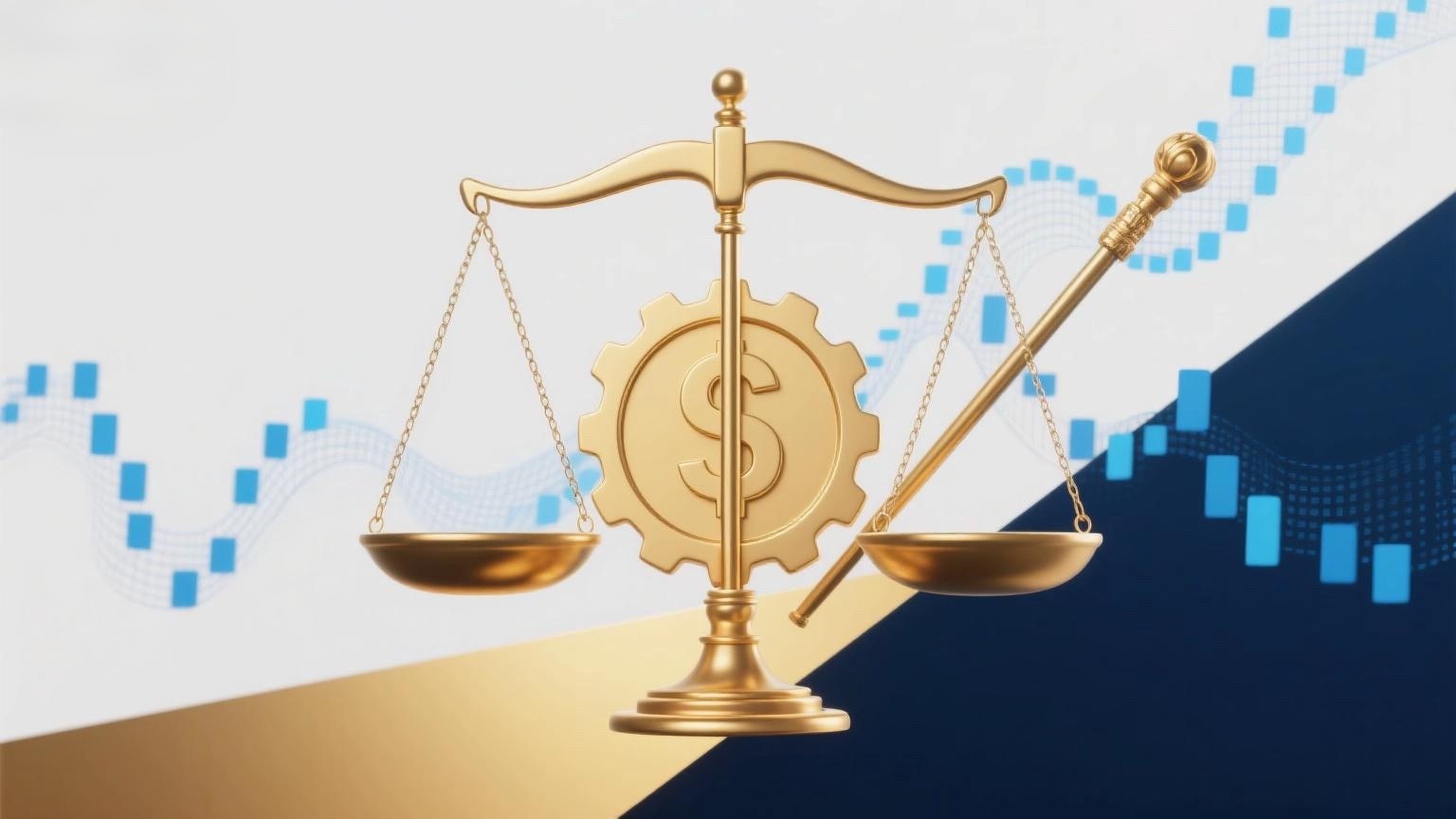
As the first and second generations of stablecoins mentioned above gradually gained widespread adoption, the vision of pursuing native crypto minting continued to evolve, leading to the emergence of uncollateralized/algorithmic (seigniorage model) stablecoins.
Unlike the collateralized models of the former two, which use centralized and decentralized assets as collateral, the seigniorage model operates as an algorithmic central bank. Its core idea is to automatically adjust the supply and demand of tokens in the market through algorithms, thereby stabilizing the token's price at a fixed ratio to fiat currency.
So, how is this algorithmic automatic adjustment achieved? Simply put: uncollateralized/algorithmic stablecoins can be referred to as seigniorage-model stablecoins. As the name suggests, this model truly achieves native tokens in the crypto space, drawing an analogy to the real world. Functionally, their monetary policy resembles the management methods of a central bank. In reality, central banks can maintain relative purchasing power stability by adjusting interest rates (reserve requirements, base rates, etc.), conducting bond repurchases and reverse repurchases, and managing foreign exchange reserves. In algorithmic stablecoins, the so-called algorithmic adjustment means that the algorithmic "bank" can also ensure the relative price stability of the stablecoin by selling or repurchasing shares and adjusting mining rewards.
William, Chief Researcher at OKEx Research, pointed out that algorithmic stablecoins primarily aim to simulate the monetary policy functions of a central bank. When the stablecoin's price exceeds the peg, the market supply is increased; when the price falls below the peg, the supply is reduced, thereby maintaining the stablecoin's price equilibrium. Algorithmic stablecoins can be considered one of the most imaginative and disruptive projects to date. They achieve the central bank's function of regulating money supply without the presence of a central bank, creating a "central bank model" without a central bank.
















